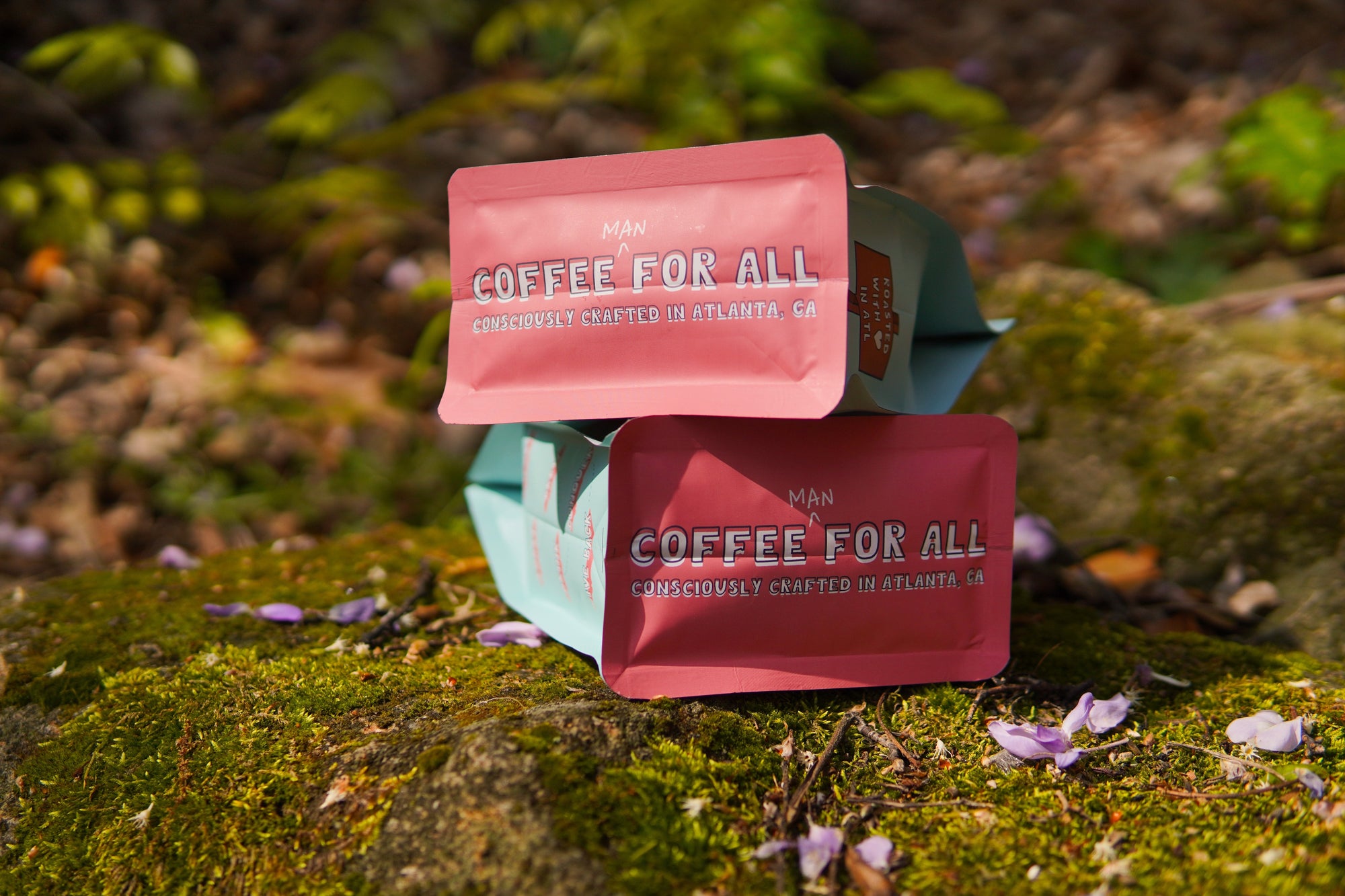

· By Coffee Man
10 Most Common Coffee FAQ's | Coffee Man
1. What coffee has the most/least caffeine? What factors play into a coffee's caffeine level?
Light roast coffees typically have the highest caffeine concentration and usually taste the most acidic, almost tangy, with a brighter flavor profile. Dark roasts, on the other hand, have slightly less caffeine and typically deliver smoother, bolder flavor notes.
Roasting level isn’t the only factor that affects a coffee’s caffeine content, though. In fact, caffeine levels are less black and white than many people think. A coffee’s origin, variety, altitude, climate conditions, and processing method all play a role before the beans are ever roasted.
2. What is Single-Origin coffee vs. a Blend?
Single-origin coffee comes from one specific farm (or sometimes one region), which means you taste the unique flavors of that place—similar to wine from a single vineyard. Blends, on the other hand, mix beans from different origins to create a balanced, consistent flavor profile. Single-origin coffees are great if you want to explore distinct, sometimes surprising flavors, while blends are ideal for smoothness and consistency in the cup.
3. What about Direct Trade?
Direct trade coffee is when roasters buy directly from farmers rather than through middlemen or traditional markets. This approach emphasizes long-term relationships, paying higher prices for quality, and ensuring more of the money goes to the producer. It’s rooted in transparency, sustainability, and unique, high-quality coffee. While not a certified label, direct trade relies on trust, accountability, and ongoing collaboration between farmer and roaster.
4. What roast date should I be looking for when buying a bag of beans for peak freshness?
For the freshest cup, look for coffee roasted within the last 2 weeks to 3 months. Most coffees taste best after resting for 3–7 days to allow flavors to settle. Light roasts tend to stay vibrant a bit longer, while darker roasts usually peak earlier.
5. If I want to try something new with a unique flavor profile, what coffee should I get?
Coffee flavor profiles span a wide spectrum—from comforting classics like chocolate and honey to vibrant, complex notes of fruit and florals. These flavors can shine even more depending on the brewing method and freshness of the roast.
That spirit of exploration inspired our Experimental Roasting Series—a showcase of coffee’s most distinctive and unexpected sides. One standout is our Co-fermented Washed Sangria, bursting with juicy grape and red currant flavors. Available in 8oz bags and cold brew bottles, this coffee is as wild and exciting as it sounds.
6. Is decaf coffee actually 100% caffeine free? How does it work?
No decaf coffee is ever 100% caffeine free—it’s nearly impossible to remove every trace. However, most decaf beans are about 97% caffeine free before roasting, and roasting reduces the caffeine content even further.
The process starts with green coffee beans, which are either pressurized in vats with CO₂ to separate caffeine or soaked in hot water to extract it. In some methods, the water is filtered to remove caffeine and then reused to restore flavor compounds to the beans.
7. How does coffee’s roast level affect volume and weight?
The longer you roast coffee, the more moisture it loses, making it lighter and less dense. For example, 12oz of our Brazilian dark roast contains fewer actual beans than 12oz of our Ethiopian light roast, since the dark roast beans expand and lose more weight during roasting.
8. What are the best conditions to store a bag of beans to keep them fresh longer?
Roasted coffee should be stored in an airtight container at room temperature, away from heat, light, and moisture. For the best flavor, grind your coffee just before brewing.
9. What are the stages of roasting?
First, the beans heat up and turn yellow as moisture burns off, giving off a toasty, bread-like aroma. Next comes “first crack,” when the beans expand and pop as sugars caramelize and coffee flavor develops. Roasting can stop here for a brighter, lighter roast—or continue to “second crack” for deeper, bolder, and smokier notes. Each stage brings out different flavors, which is why roast profiles are so important.
10. I want to develop my coffee palate. Where do I start?
A great way to start developing your coffee palate is by tasting coffees side by side—brewing two different origins or roast levels—and noticing the contrasts. Pay attention to acidity, sweetness, body, and aftertaste rather than simply labeling them as “good” or “bad.” Using a flavor wheel can help you put into words what you’re experiencing, such as fruit, chocolate, or spice. It’s also helpful to stick with single-origin coffees and experiment with different processes, like washed, natural, and anaerobic.